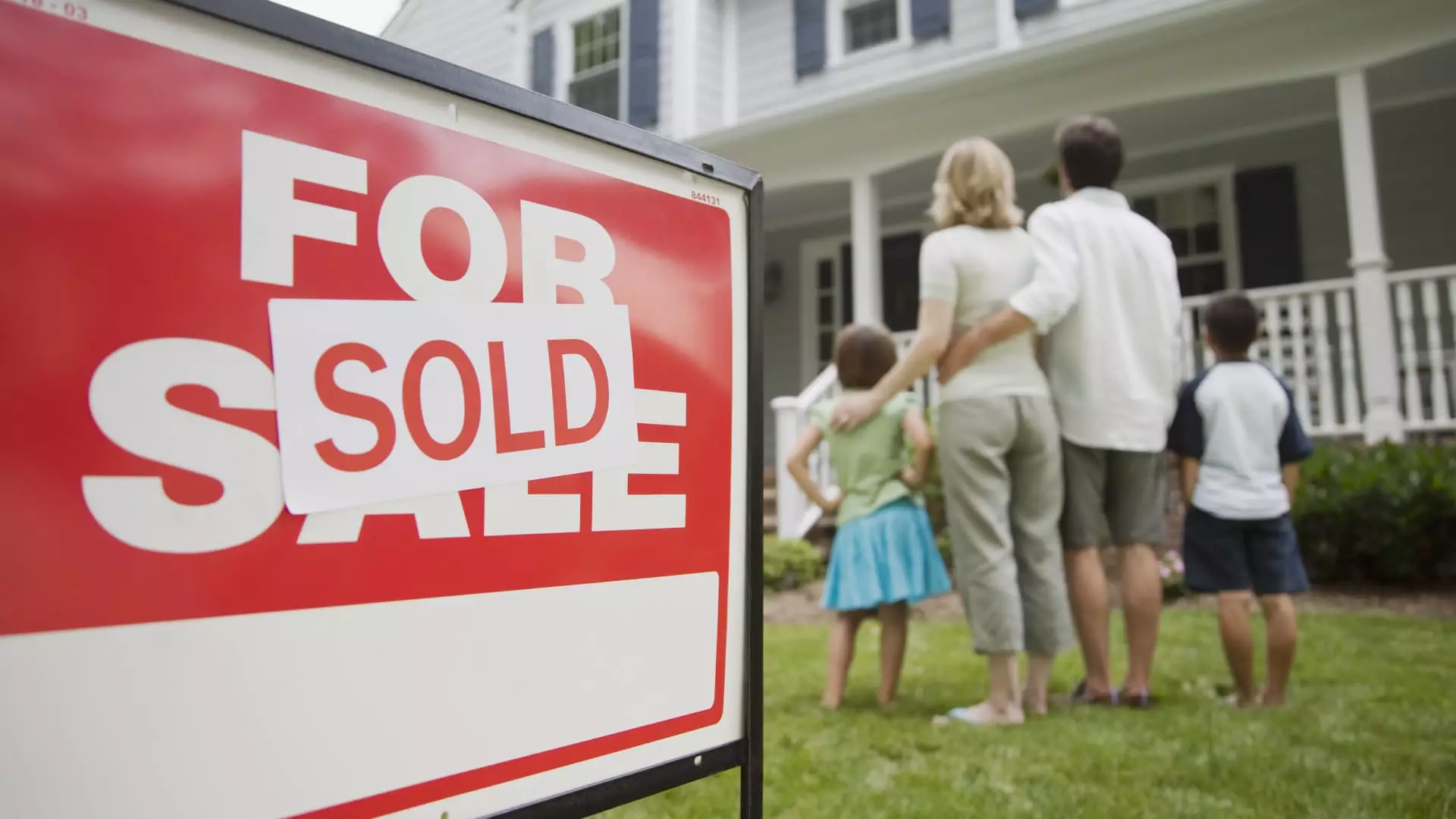As of the first quarter of 2024, consumers are facing the challenge of putting down more money to purchase a home. The typical down payment amount has seen an increase, with the average being 13.6% and the median being $26,000. However, these figures are still below the peaks seen in the third quarter of 2023. At that time, the average down payment was 14.7%, or a median of $30,400. Despite these numbers, the average down payment remains well below the 20% mark that is often considered the standard when buying a house.
Reasons Behind the Numbers
According to experts, there are various reasons why people aim for a 20% down payment when buying a home. These reasons include trying to avoid mortgage insurance or reduce monthly payments. However, it is crucial to understand that putting down less than 20% is not a deal-breaker. In fact, the majority of buyers are purchasing homes with lower down payments, dispelling the myth that 20% is a requirement.
In reality, the average down payment for a house ranges from 10% to 15% nationally, with certain states even having averages below 10%. Several loans and programs are available to assist buyers in purchasing homes with lower down payments. For instance, the Department of Veterans Affairs provides VA loan programs that allow qualified individuals to put down as little as 0%. Similarly, USDA loans cater to buyers in rural areas and offer 0% down payment options. FHA loans, on the other hand, require as little as 3.5% down for eligible borrowers, targeting first-time buyers, low- and moderate-income buyers, and minority groups.
When determining how much of a down payment you can afford, it is essential to be cautious. While a lower down payment may address affordability concerns, it comes with added costs. Borrowing more from your lender with a lower down payment will increase your monthly mortgage expenses. Additionally, having a smaller down payment may disqualify you from the best interest rates offered by lenders. Furthermore, if you borrow more than 80% of the home’s value, you may be required to pay for private mortgage insurance, which can cost between 0.5% to 1.5% of the loan amount annually.
In some cases, buyers opt for a “piggyback mortgage” to reach the 20% threshold without having to pay for mortgage insurance. This involves taking out a second mortgage, which typically comes with a higher interest rate. While this strategy allows buyers to avoid mortgage insurance, it is essential to carefully weigh the pros and cons before deciding.
Overall, the myth that a 20% down payment is a mandatory requirement when purchasing a home is debunked by current market trends and expert opinions. It is crucial for buyers to explore the various options available and consider the long-term implications of their down payment choices.

